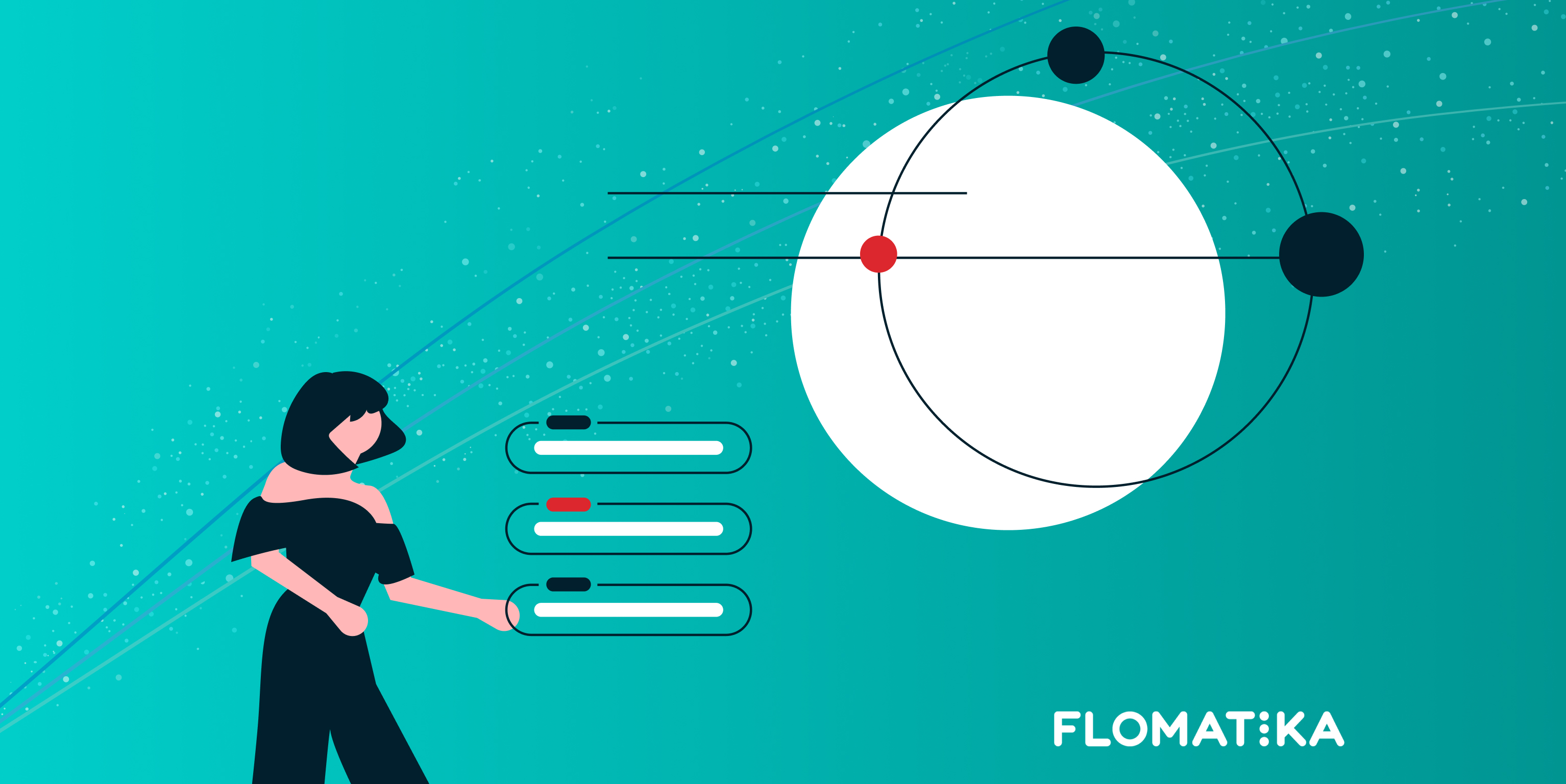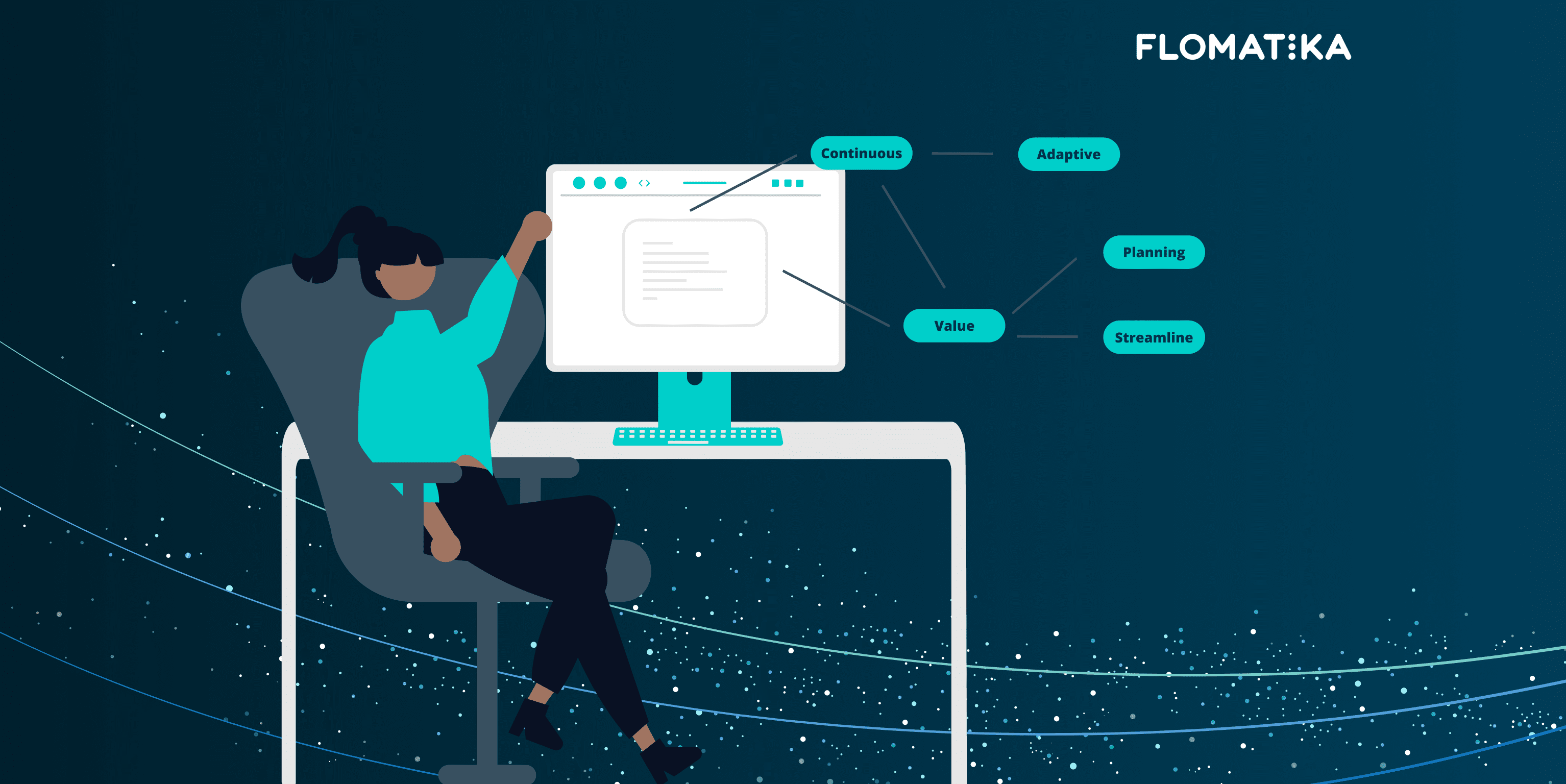4 Charts Showing Evidence of Significant Improvements

Are you ready to optimise your delivery ecosystem today?
book demoSignificant Improvements by Being Flow Aware
The following is an excerpt from our Value Stream Manager blog:
You can achieve big significant changes, without having to fire anyone, or having to go on a big hiring spree, or make big changes to the organisation structure. You don’t need to change titles, roles and responsibilities. Just by becoming flow-aware, paying attention to the flow in your system, by making better micro decisions, these compounds upon one another to really change the game in such a short period of time.
Once you can visualise the flow of work, the entire Value Stream becomes flow aware, and it starts permeating into the consciousness of the entire Value Stream. Then every individual starts to make those daily decisions based upon flow. It completely influences the outcomes of the entire Value Stream.
Blog: What does a Value Stream Manager do?
Sounds incredible doesn’t it? The following are a number of real world examples of how Flomatika has helped some of our customers gain significant performance improvements. We’ve shared some of these charts in our social media previously, but we thought it’ll be valuable to provide some more details behind these charts.
A couple of things to note before we dive in. We’ve purposely removed anything that can be identifiable. In some cases we also ‘simplified’ some of the charts to make them easier to read. We don’t believe this takes away from the story of these significant improvements.
Reduce Lead Time by Order of Magnitudes

Just by making it visible, and then applying a focus on the lead time, teams can gain immense reductions in Lead Time.
In the example above, this team was able to reduce the lead time of their Team level items (Stories, Bugs, Tasks) from 51 days to 20 days within one quarter. That’s more than halved!
In another two quarters, they were able to halve this further to 8 days. That’s a total reduction of 6X in just 9 months!
This same team also focused on reducing their Portfolio level items (Epics). In 6 months, they were able to go from 166 days to 41 days. That's a reduction of 4X!
What’s even more significant is that in two quarters, this team was able to reduce Portfolio level items to a level lower than their Team level items were 1 year ago. I.E. They were delivering their Epics faster than they were delivering Stories a year ago!
Visible and Significant Improvements

I describe the above diagram as being able to show a J-Curve, in the form of a scatter plot.
You can see that initially there were a number of items with high lead time spread out (red dotted line). This is what it looked like before they had visibility on the lead time of their work items.
Then there was a clean-up/data hygiene period. This is where the team’s lead time is now visible, and they applied a concentrated effort to “get their house in order”. Chasing down all the loose items they had forgotten about, being disciplined in moving their cards across the board, and being conscious that every item in progress has a timer on it. This was supported by a ‘flow-aware’ session to increase the team’s knowledge of flow management.
After this period, you can see a significant drop in lead time. The team is now in a ‘state of flow’ and continues to have its lead time trend downwards.
Increasingly Meeting Customer Expectations

Here we are looking at Customer Service Level Expectations. Instead of looking at raw lead time numbers, we are comparing them to a target lead time. This is from a customer-centric view, depending on the type of demand. For example, defects might be expected to be completed within 7 days from when they are started. User Stories, on the other hand, might have an expectation of 14 days instead. So we measure the % Target Met over time to see to what degree the team is meeting this expectation, and more importantly, if they are improving over time.
In the example above, we can see for this team over an 8-month period, although they encountered some hills and valleys on the journey, overall they have improved over time. Which leads to happier customers!
They have gone from 30-40% meeting customer expectations to 75%! They can strive for the converted 85%. Once achieved, then the next challenge would be to maintain that level.
Increase in Predictability
.svg)
When we first posted this image on social media, we had the caption: “Can you guess where this client adopted Flomatika?”
This chart shows what we call ‘Productivity’. We’re trying to make throughput easier to read. Rather than providing the raw numbers, we add natural language labels such as “Excellent”, “Average” or “Terrible”. This is based on the context of your throughput compared to other times in the selected time period. Adding colour helps illustrate this further.
In the example above, this team’s throughput increased significantly once they adopted Flomatika. Now Flomatika is not a silver bullet, and just by connecting means you’ll automatically gain significant performance improvements. This team worked very hard on their delivery performance, and were laser focused in this pursuit. Adopting Flomatika gave them the visibility of their metrics, so they could set targets and chase them. It allowed them to identify and introduce incremental process changes. They sliced their work smaller, they ran regular Service Delivery Reviews to understand where they weren’t meeting their SLEs, and they introduced better upstream processes, to name a few things they introduced. Ultimately, Flomatika was an enabler to relentlessly pursue continuous improvements.
Visualising is the Enabler
A few examples of significant improvements have been shared here, hopefully, to show what is achievable in a short time, and inspire those seeking to drive improvements within their own teams. To reiterate an earlier point, a Value Stream Management platform isn’t a silver bullet. By adopting Flomatika, or similar platforms, it won’t automatically make your teams better. They need to approach with the right attitude and the thirst for the pursuit of continuous improvement. A platform like Flomatika helps them gain visibility to then identify the areas to drive their improvements. With the right support and persistence, no doubt they will be able to show significant improvements in leaps and bounds!
Blogs you might be interested in
- How do Service Delivery Reviews Differ From Retrospectives and Can They Compliment Each Other?
- Fitness Criteria - Drill Down Feature Showcase
- 7 Useful Views to Have a Better Understanding of Your Delivery











%20(1).jpg)
.jpg)
